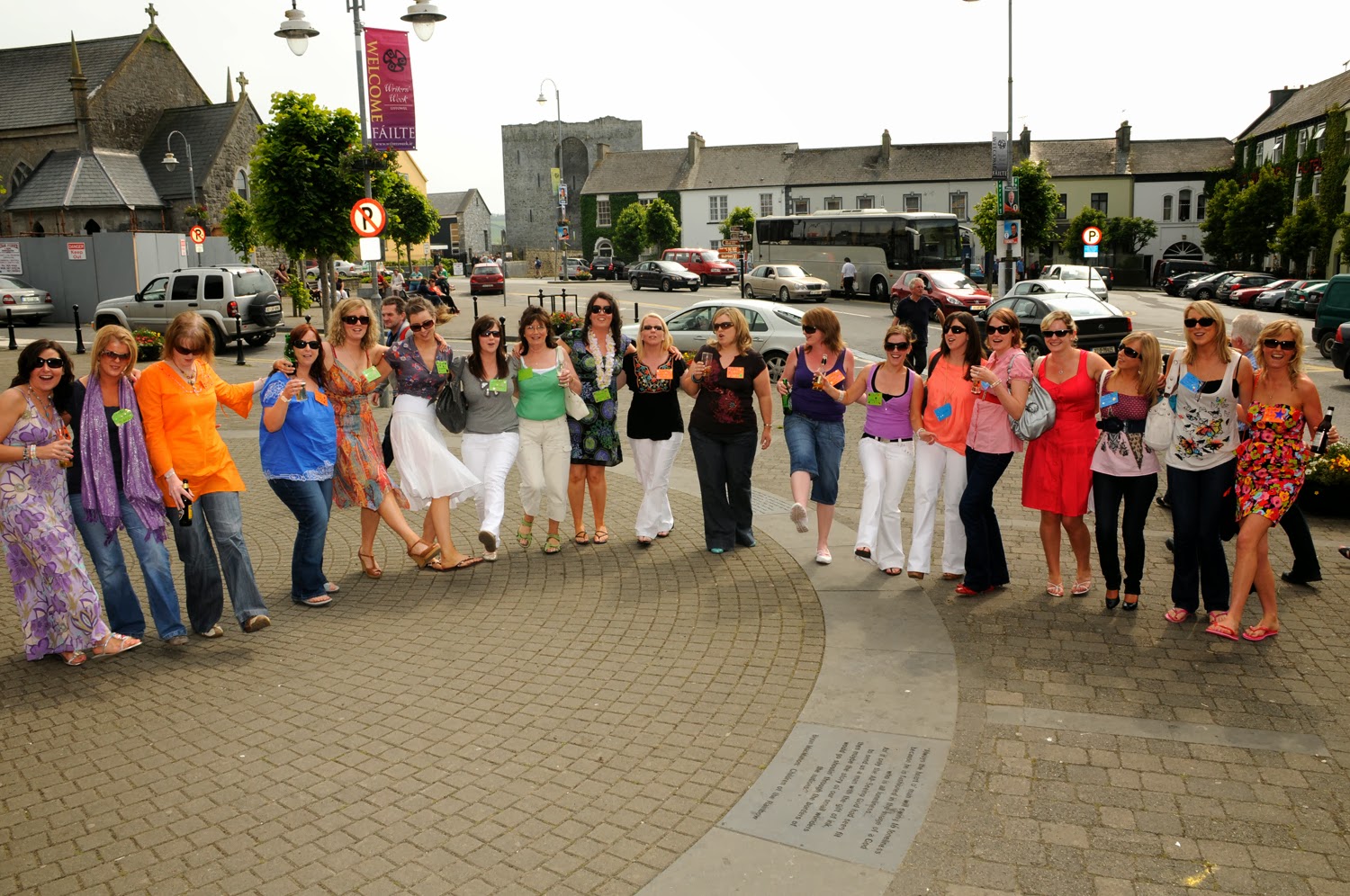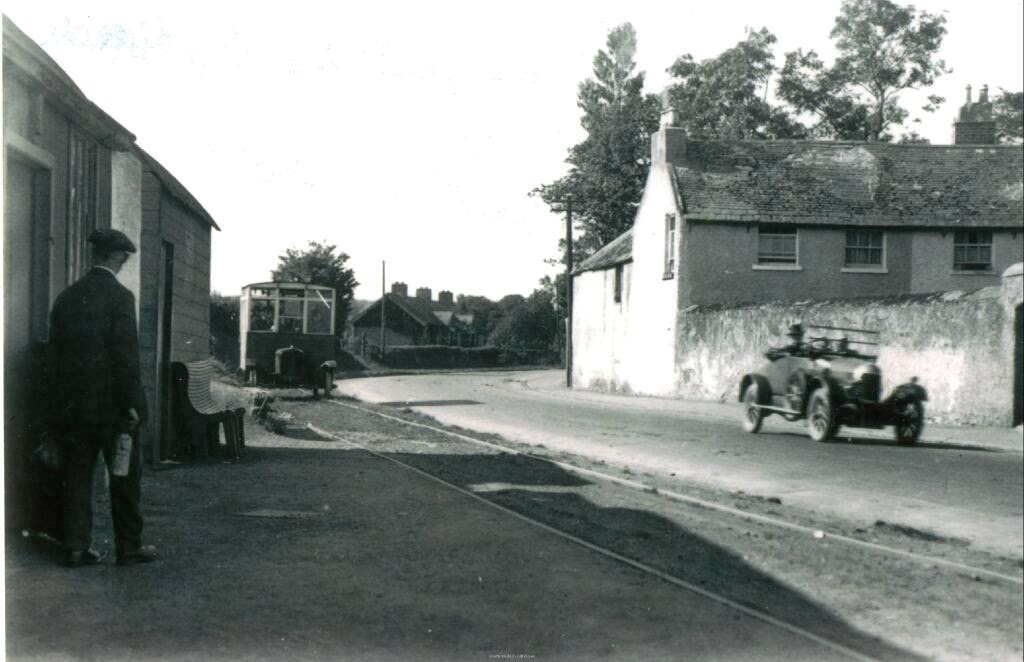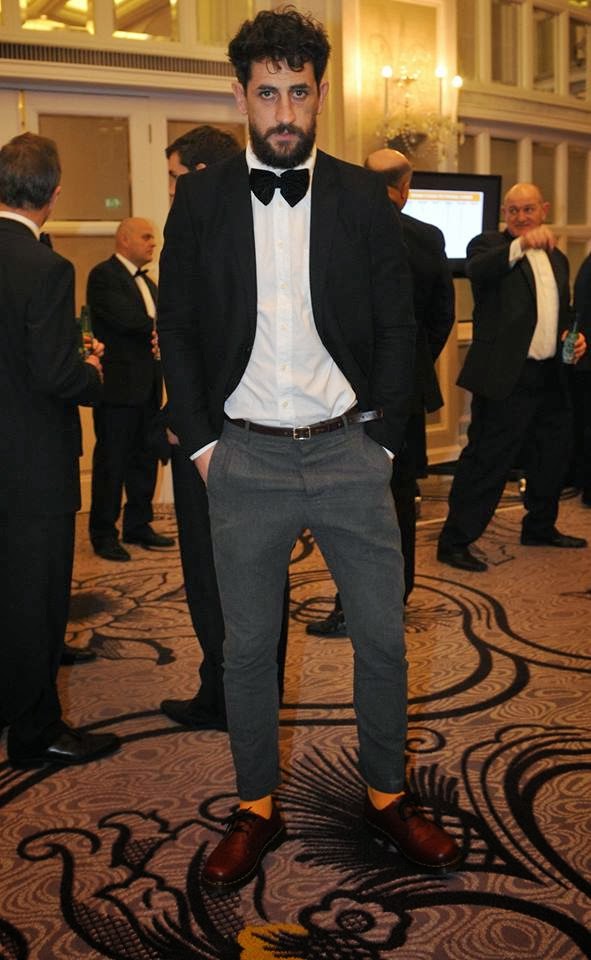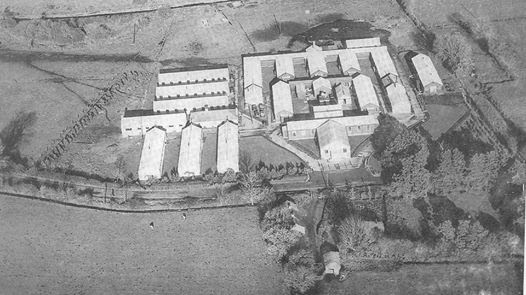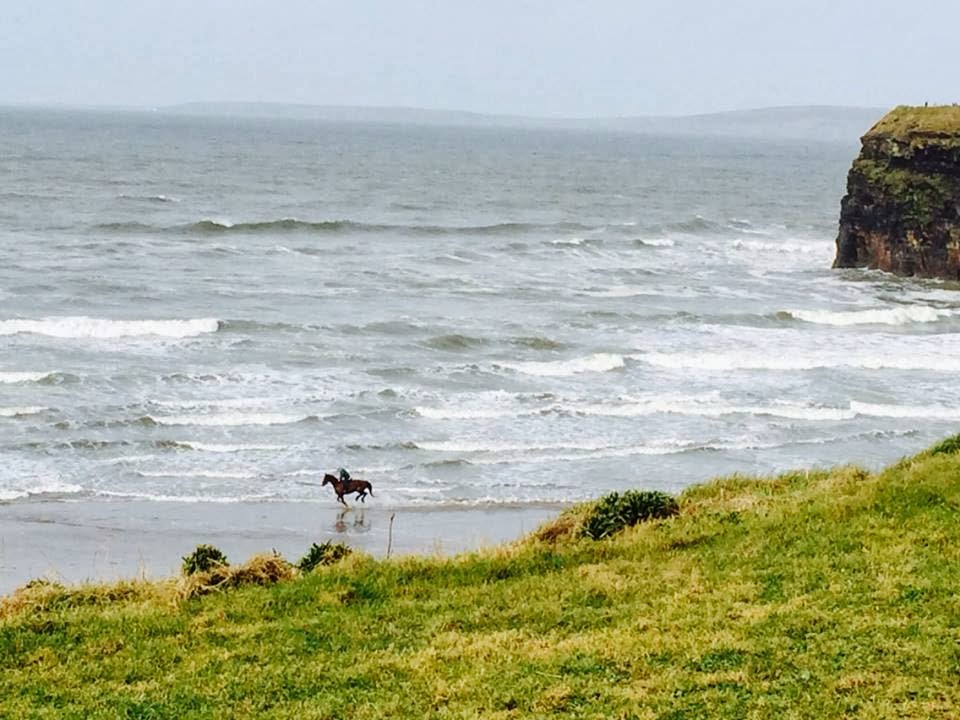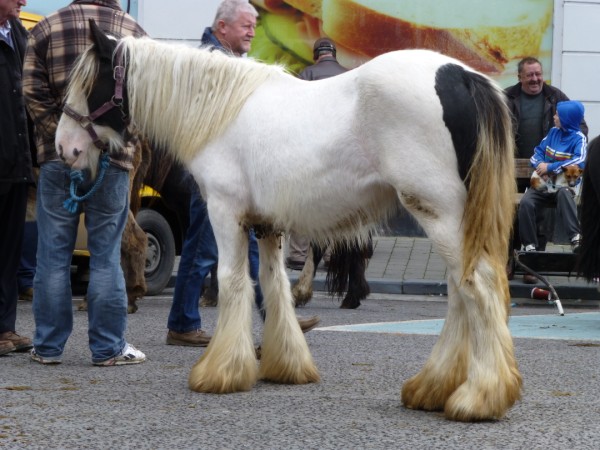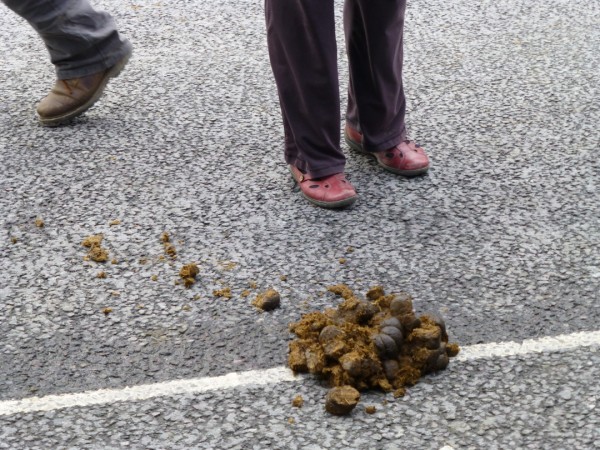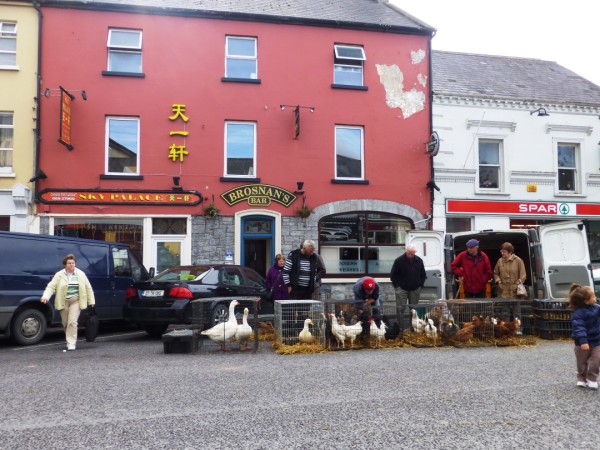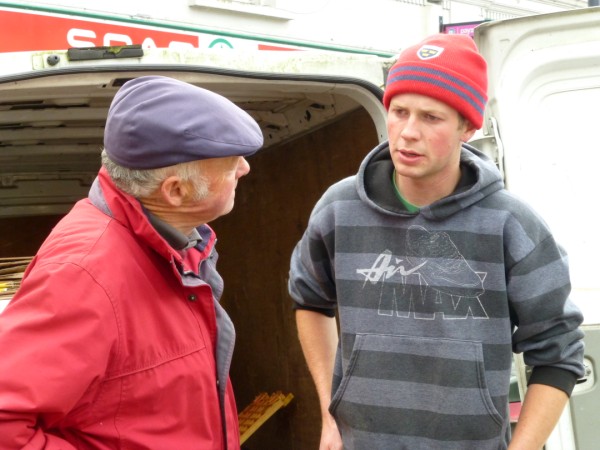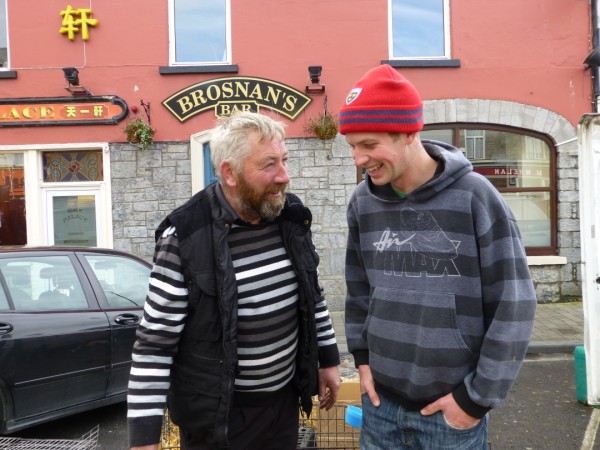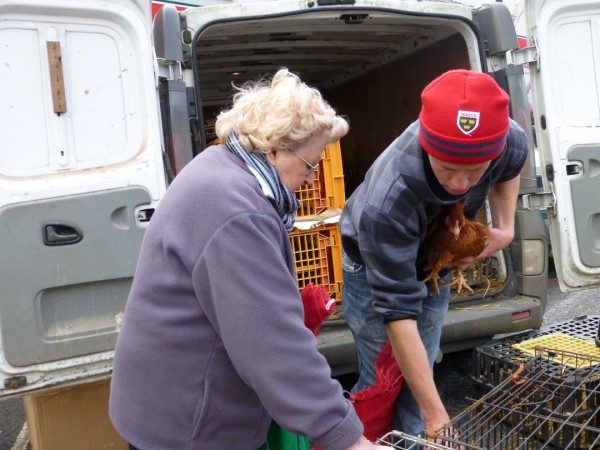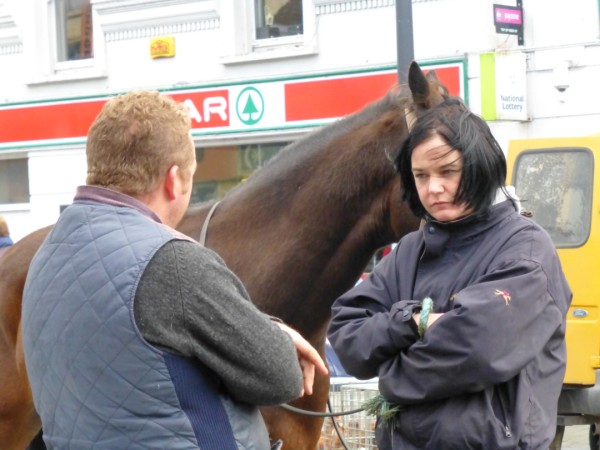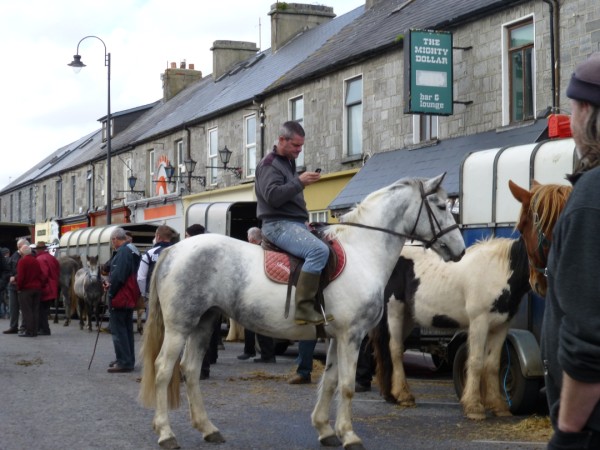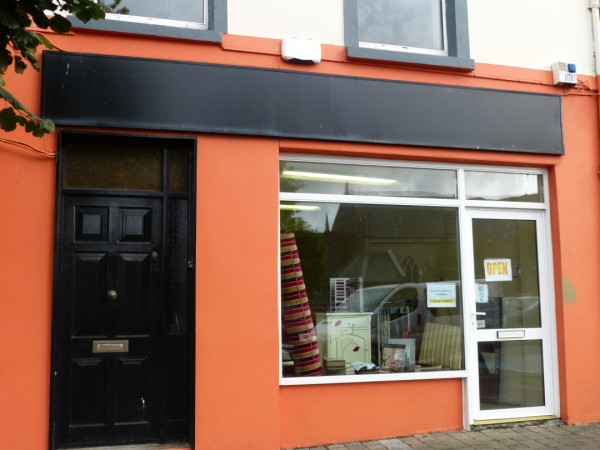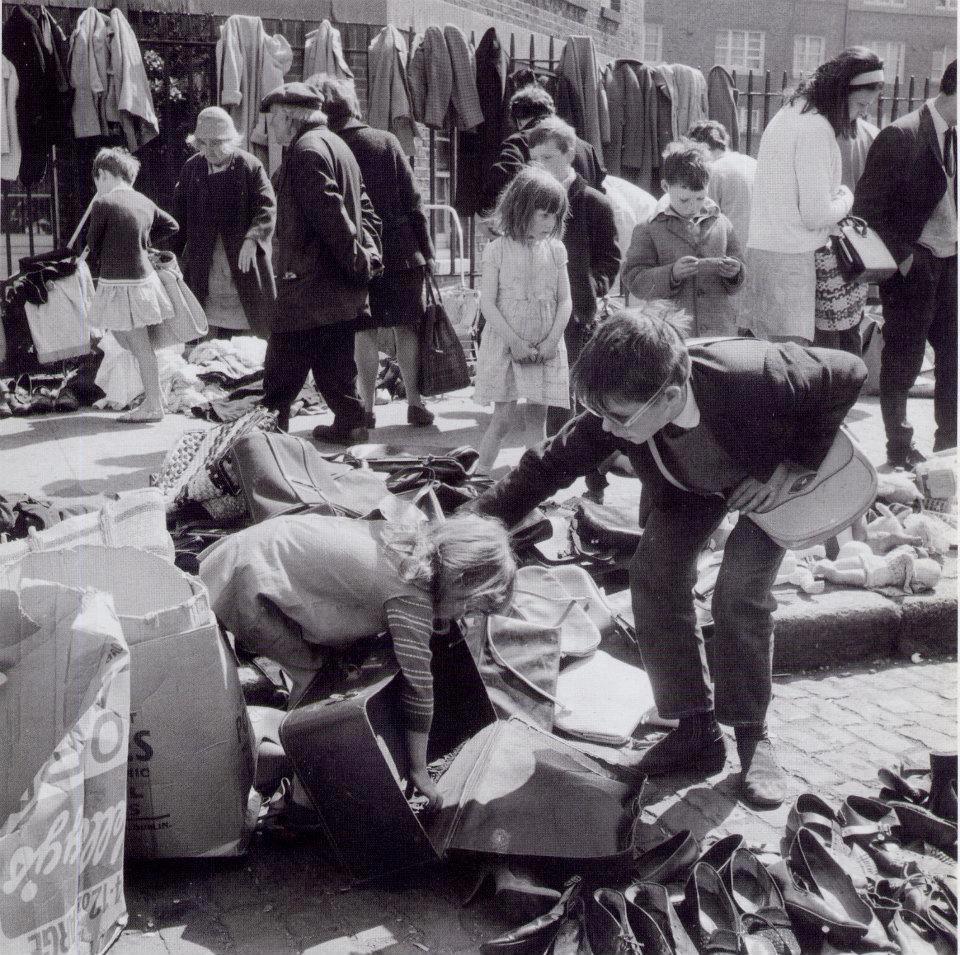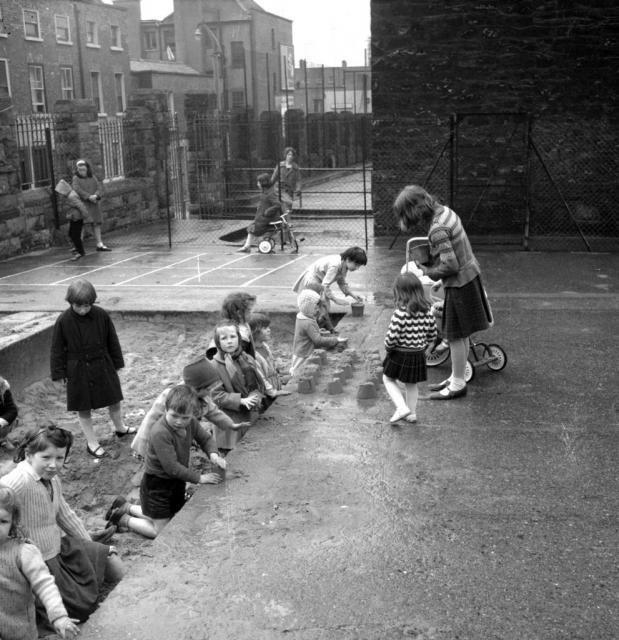
Photo: Chris Grayson
<<<<<<<<<
Severe Weather
January 2025 must have seen some of the most disruptive weather for many a year. I didn’t venture out in the cold snap so most of my snow pictures are taken from my front door or from obliging others.
We’ll start with a few from the fam.

Cliona and Aoife in Kildare heading out to make Aoife’s first snowman.

Carine and Reggie in Ballincollig

Pat Breen with tractor coming to the rescue of a neighbour
<<<<<<<<
The Letters Page
Yesterday’s Sunday Independent had a very interesting letters to the editor page. The “Letter of the Week” accolade was awarded to our own Shane McAuliffe.

Shane was praising the role farmers played in helping out last week. It wasn’t just the farmers. The bad weather brought out the best in most people.
Also on the letters’ page was a missive from an old man in Wexford. He described last week’s atrocious weather as a “smattering of snow and ice”. He remembered hard times in Dublin in the 1960s when he had to have his Saxa salt shaker constantly at the ready to melt his way to work. He all but accused the media of exaggerating last week’s unprecedented hardships.
On the same page, another letter writer, co incidentally also from Wexford, told us that the Healy Rae’s in government would look out first and foremost for Kerry. Of course, that is not how every other politician in this country works.
I love the letters page but sometimes tone deaf writers make my blood boil.
<<<<<<<
A Listowel Childhood in the 1960s and 70s
When Carmel Hanrahan wrote to us with her Full and Plenty story I asked her if she would write a few reminiscences of her time growing up in Listowel. Here is part one of her reply…
Hi Mary,
Following on from our discussion and your request for some memories of growing up in Listowel which would have been in the 1960’s and 70’s – off we go…
With the possibility that I have my rose-tinted glasses on, here goes. We were a lucky group all things considered, in that, our earliest childhood was in a pre-digital age where we learned well how to entertain ourselves and to “just be”. Crossing the two eras of our early childhood and the more modern era of our 20’s which we embraced wholeheartedly has given us a unique position in time. Not that we always appreciated it, and the often-voiced lament, especially in teen age years, that “you can’t do anything or go anywhere without someone watching you” was a given. With hindsight as a parent and indeed a grandparent, I can now appreciate the value of growing up in that relatively safe environment. We wandered at will and as long as you turned up on time for dinner/tea nobody really fussed about where you were.
We lived on Church Street and then Ballygologue before the final move to Cahirdown. At the time we moved, there were houses on one side of the road only – across the road was one cottage belonging to an old woman called Madge?? (I want to say Mulvihill but I don’t know if that’s right) and her older family cottage which was empty and beginning to deteriorate. Behind our row of houses was Foley’s field. This was where cattle grazed for many years before houses were built there. Mr Foley eventually moved to a New Build house at the end of the road and lived with his daughter. His old house was lovely and I remember on a few occasions being sent to buy some apples from his orchard. Where Sexton’s house was (though it might belong to someone else now), stood a gate house at the entrance to the woods, where a man called Dan Dannagher lived. He was quite old and I remember my father inviting him to our house for Christmas Dinner.
More tomorrow
<<<<<<<<<
What’s in a Name?
Someone did the research for us.

<<<<<<<<
Wisdom from the Internet

<<<<<<<
Another Fact
There are no bridges over the Amazon river.
<<<<<<

